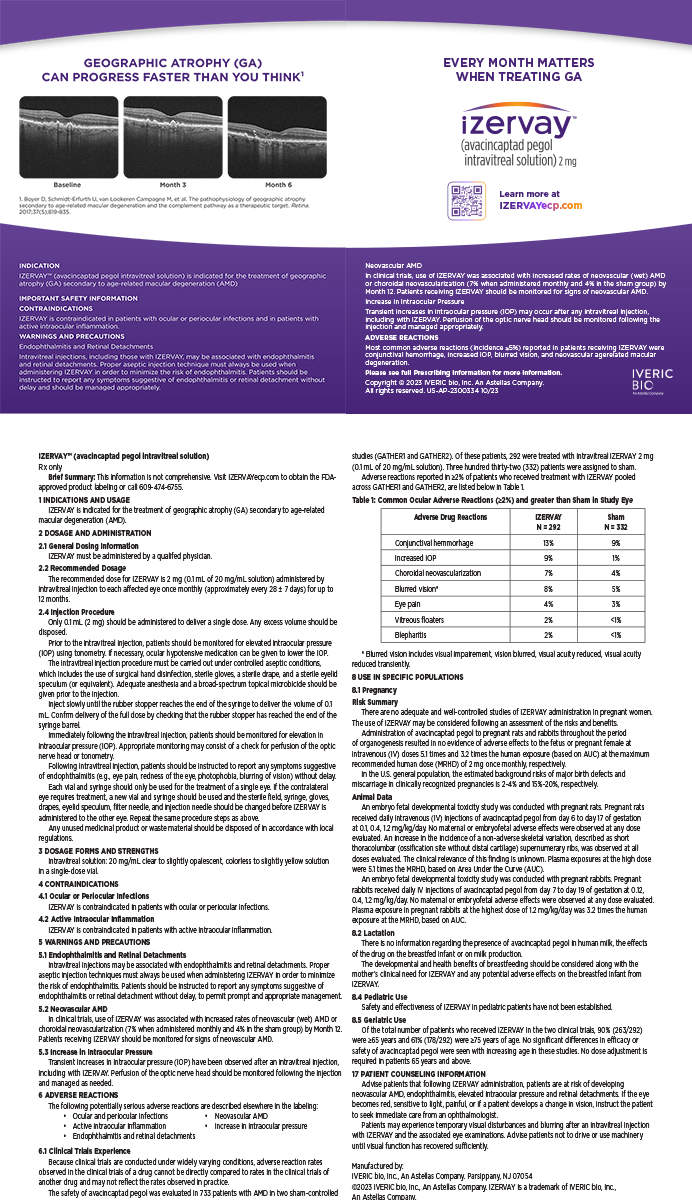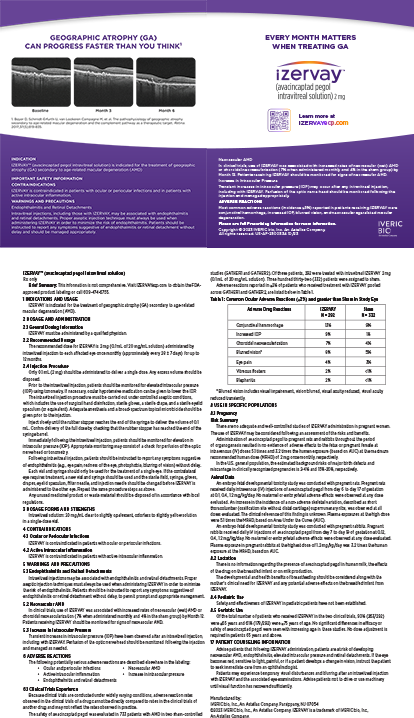
Disagreements over medical terminology undoubtedly began immediately upon the arrival of the world’s second practitioner of the medical arts. “That is most certainly not a bloorp, sir! I call it a bleerp! Calling this obvious bleerp a bloorp is sheer madness!”
Many medical conditions and anatomical terms are eponymously named. Thus, we have Dr. Schlemm and his canal, Dr. Krukenberg and his spindle, and Dr. Fuchs and his, well, almost everything else in the eyeball.
Some medical terms are purely descriptive, typically employing Greek or Latin roots. This allows us to deconstruct unfamiliar existing terms and provides a logical framework for neologisms. When keratomileusis was originally developed, it made sense to name it using the Greek words for “cornea carving.” When we got around to developing laser-assisted in situ keratomileusis, the nomenclature gods were kind enough to provide the acronym LASIK, which had the advantages of being medically accurate, memorable, easy to pronounce, and futuristic sounding.
The term cataract has a fairly obscure origin for such a common condition. In the mind of a kayaker, a cataract is simply a waterfall. We physicians obviously define it differently. The origin of both uses is the Greek katarassein, which translates to “smash down.” Cataract eventually also came to refer to a floodgate or an entrance gate that could be rapidly brought down to secure a castle.1 One theory is that the word cataract was used to describe a physical barrier coming down to prevent light from entering the eye. An alternative theory is that the white appearance of cascading water resembled the white opacities of a mature cataract.2
Sometimes, names in medicine make little sense. An ophthalmoscope allows us to look at the eye, and an otoscope allows us to look at the ear. Why does a stethoscope allow us to listen to the chest? Shouldn’t we all be using stethophones?
Other widely accepted names in medicine are simply incorrect. The term retinitis pigmentosa implies an inflammatory origin where there is none. Pyogenic granulomata are neither pyogenic nor granulomata. Other than that, the condition is perfectly named.
Even when they are no longer accurate or appropriate, terms often remain entrenched in medicine. Orthodontists specialize in “straight teeth.” Orthopedists, however, were originally named for the “straight children” they created by treating rickets. Somehow, that name has persisted. Perhaps it beats the less-fancy-sounding alternative: bone surgeon.
Enduring names in medicine tend to be unambiguous and adequately descriptive, but even these can fall out of fashion and be replaced. Today, we will say that someone has developed edema from mycobacterial tuberculosis, not dropsy from consumption. If I were on the receiving end of the diagnosis, I might prefer the Victorian charm of the latter.
In still other cases, the name of a disease can become politically charged. Not much attention was paid to bovine spongiform encephalopathy until it became known as mad cow disease. There is also a movement to abandon chronic fatigue syndrome for systemic exertion intolerance disease.3
In the field of ophthalmology, a small controversy has arisen regarding the appropriate term for using a femtosecond laser in conjunction with cataract removal. Historically, CRST and other publications have used the term laser cataract surgery, which is clear and accurate, but competing terms are in use. For example, the term laser-assisted cataract surgery has been proposed specifically to highlight the fact that any extra fees associated with the use of a laser are for noncovered ancillary services such as astigmatic correction and not for the removal of the cataract itself. Other proposals include femtosecond laser-assisted cataract surgery, femtosecond-assisted laser cataract surgery, therapeutic laser-assisted cataract surgery, and refractive laser-assisted cataract surgery. Several proprietary marketing terms have also been applied to this procedure. In casual discussions with colleagues, I tend to use the simplified term femto, and everyone knows what I mean.
Does the naming debate regarding femto really matter? In my opinion, it does not. Ultimately, as a procedure matures, one or two descriptive terms will emerge as the winners. This will happen here as well, probably right around the time something new comes along to replace it. If you discover what that is, you just might get to name it.
Steven J. Dell, MD
Chief Medical Editor
1. Quinion M. Cataract. World Wide Words website. http://www.worldwidewords.org/weirdwords/ww-cat1.htm. Created February 13, 1999. Accessed January 11, 2016.
2. Harper D. Cataract. Online Etymology Dictionary. http://www.etymonline.com/index.php?term=cataract. Accessed January 11, 2016.
3. Tucker ME. Panel says chronic fatigue syndrome is a disease, and renames it. NPR website. http://n.pr/1ZX5Tft. Updated February 13, 2015. Accessed January 11, 2016.


